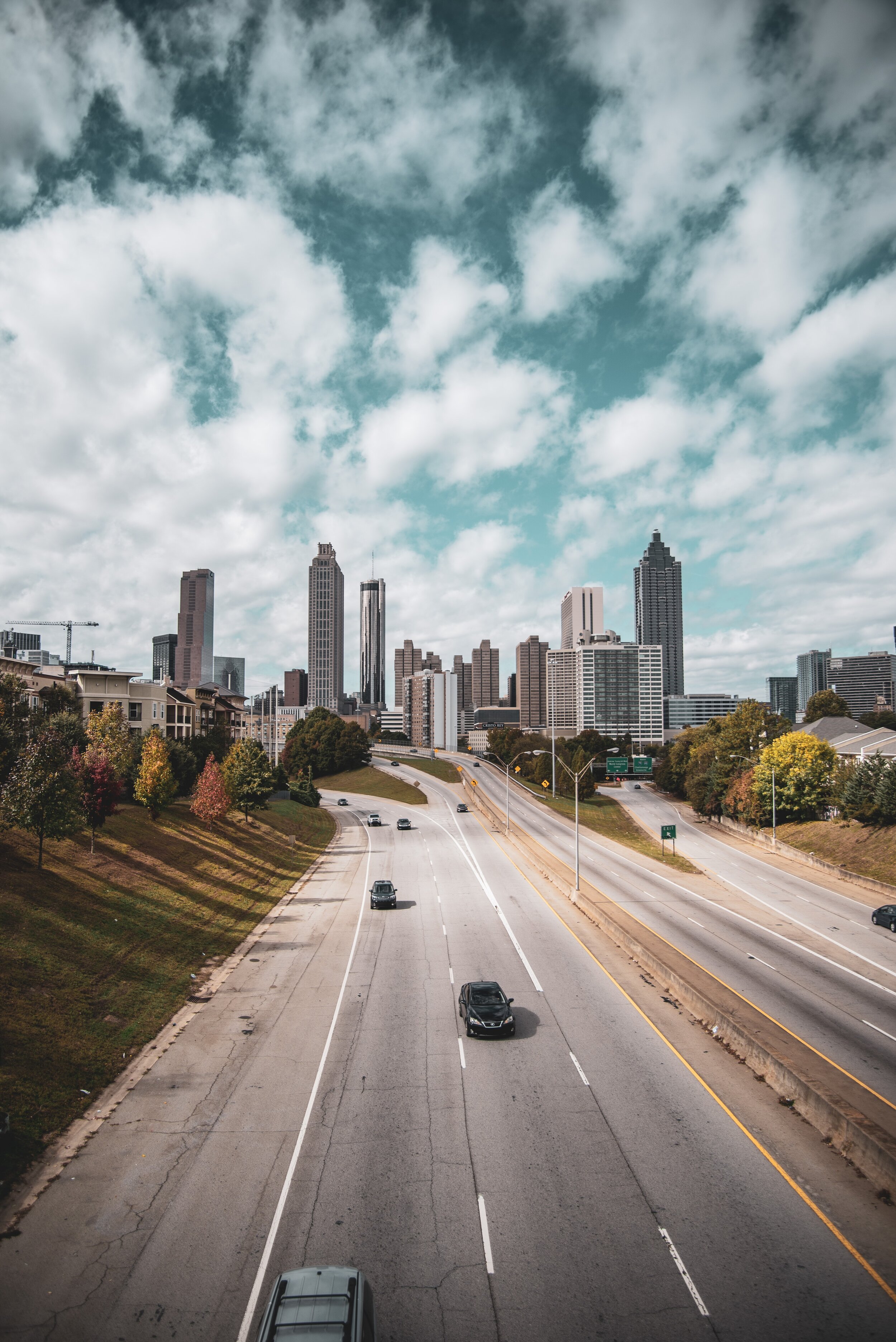
Learn more about Airflow.
Join us for an upcoming session.
Air is a critical resource for manufacturers. Air quality has health, safety, and environmental implications. This is why Osprey Corporation offers Airflow Training, tailored to help manufacturers learn first-hand air system design and process air management to improve the air quality and production processes within their plant.
We’re currently accepting registration for the 2025 sessions.
Do You Have the Knowledge You Need?
Osprey Corporation has developed a three-day course designed to give engineers, facility managers, and maintenance staff a solid foundation in the science of process air management. Participants will come away armed with the knowledge they need to recognize air quality problems, evaluate remedy options, make informed equipment selections, and maintain a safe healthy work environment.
Details About Airflow Training
Who?
Airflow Training is open to anyone interested in learning more about air and air handling equipment. It’s especially geared towards engineering, operations or maintenance staff who have a role in selecting, implementing, or maintaining process air systems.
Where?
Classes will be held at
Osprey Corporation
1835 Briarwood Road NE, Atlanta, GA 30329
or
Osprey – Europe
Chemin du lac, 04160 Château-Arnoux, France
When?
Château-Arnoux, France – April 8-10th, 2025
Atlanta, GA, USA – November 3-6th, 2025
Why?
Osprey Corporation is providing these courses as a service to our industry in order to help operations and engineering staff make effective decisions about process air systems.
Cost
Price varies by location.
All meals, lodging, and events are included.
Early and client discounts available.
Note: Travel must be covered by the attendee.
What You Will Learn
Osprey’s Airflow training is a three-day course that teaches the fundamentals of air science, air system design, and trouble-shooting of process air systems.
Day one will start with the basics such as how air moves and behaves and how factors like pressure, velocities, and duct systems change the behavior of air. We will discuss using that knowledge to your advantage in designing or selecting air system equipment. Finally, we’ll cover the fundamentals of industrial process air systems and filtration. Participants will gain new insight into the technologies that are available to process and filter air, and how to match the right solutions to specific applications and plant environments.
Duct Systems and Fan Laws
We provide an illustrated design guideline to specify and install a high-quality duct system specific to your industry. Fan design, fan curves, and fan laws are covered for you to understand the very important relation between the system resistance curves and fan curves.
Introduction to Industrial Hygiene and NFPA & ATEX Regulations
A basic understanding of industrial hygiene is helpful to understand why dust controls systems are required within manufacturing plants. What are the important risks associated with the various process air systems? How do you ensure the general health and safety of the production environment? How do we comply with regulatory bodies and insurance carriers to stay within compliance? In this introduction, participants come away with a deeper understanding of current and emerging regulations and their implications and consequences.
Combustible Dust and Spark & Fire Protection Systems
Fires and explosions are an obvious concern in many production areas. What is combustible dust? How is it measured? What are the available options for spark detection and fire suppression systems? We’ll take a closer look at the risks of fires and explosions, especially as related to combustible dusts, as well as compliance with latest ATEX and NFPA Combustible Dust standards.
Airflow Test Stand
In this key session, you will learn by hands-on-experiments the primary elements of air flow and how to measure air. Instructors teach air system balancing and the very important interactions between system resistance and fan laws. See first-hand how to save energy, reduce air leakages, and trouble-shoot an air system.
Air Filtration and Retrofitting Existing Systems
Participants will explore the strengths and weaknesses of several types of air filtration options. Examples of well-designed systems as well as poorly-designed systems will be discussed. Guidelines will be given on how to specify the right system for you. Many times, an existing dust control system can be retrofitted to perform more effectively and safely. How do you go about doing this? And what factors must be considered?

